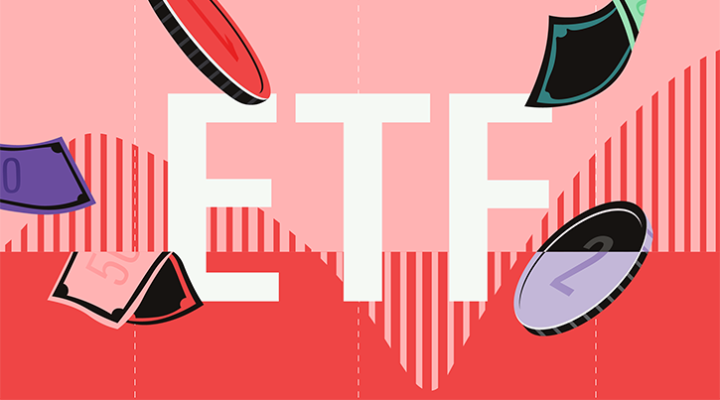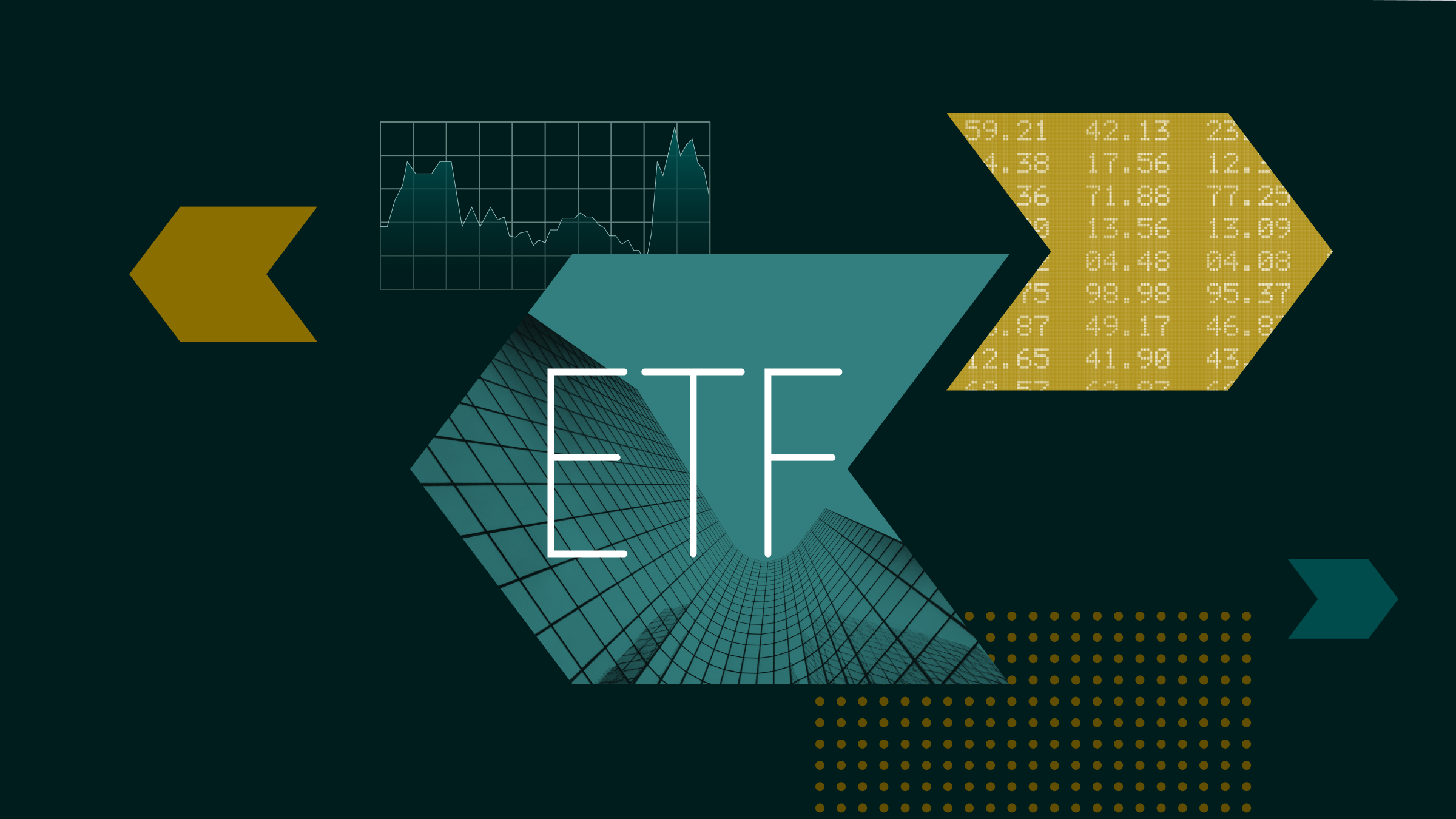Orthopaedic industry moat trends are declining as a result of increasing regulatory and reimbursement pressures, and ongoing economic uncertainty caused recent cuts to our fair value estimates.
As a result of increasing regulatory and reimbursement pressures, more supplier switching could be possible. While not a dire situation, we believe orthopaedic device makers will have more incentive to engage in competitive behaviour, especially if timelines to market remain extended in the long run and decision-makers increasingly consider economics rather than technology features. As a result, we believe competitive advantages are weakening at wide-moat firms Stryker (SYK) and Zimmer (ZMH) and narrow-moat firm Smith & Nephew (SN.).
Because of increasing economic uncertainty, we believe patients may continue delaying orthopaedic procedures, at least in the short term. As a result, we recently lowered our near-term estimates for Smith & Nephew, Stryker, and Zimmer, causing fair value estimate cuts of 6%, 7%, and 4%, respectively. However, we still believe significant margins of safety surround these firms, which trade below our pessimistic valuation scenarios.
Several Factors Support Orthopaedic Device Makers' Moats
For the average surgeon, switching among suppliers for a particular procedure can be highly disruptive to his or her practice and to patient outcomes. Climbing up a learning curve on a new set of products can take many months, if not years, and most surgeons wouldn't want to risk patient outcomes in the interim, especially if there could be reputational and long-term financial ramifications associated with learning a new supplier’s product set. Because of this, the switching inertia of surgeons can be very high in this niche.
Limited and relatively slow market share shifts show evidence of above-industry dynamics. Since the technical factors that impede switching in this industry won't change, we believe administrators won't have carte blanche when trying to induce surgeon switching for economic purposes. So we expect shifting share to remain slow.
Smith & Nephew, Stryker, and Zimmer possess returns on invested capital well above their weighted average cost of capital, and we expect that to continue supporting their economic moats well into the future. In fact, these orthopaedic firms have similarly high ROICs (returns on invested capital) over WACC (weighted average cost of capital) as the big firms in pharmaceuticals, another wide-moat industry.
However, in our opinion, this same comparison supports declining moat trends in the orthopaedic industry, especially when considering potential worst-case scenarios. For example, more than half of the large pharmaceutical firms Morningstar covers have negative moat trends. When comparing ROIC trends, it appears that returns will be more stable at orthopaedic firms than pharmaceutical firms in our base-case scenarios, which relate in part to the patent cliff most pharmaceutical firms face in the near term. We don't think orthopaedic sales are at risk of falling off a cliff, but regulatory and reimbursement pressure could slowly grind away at ROICs in the future; this is most notable in our worst-case scenarios for the orthopaedic firms, which incorporate more intense pressure on those fronts.
However, the Trend of These Moats Is Down
In general, we think switching suppliers may become more common in the future. Also, we think increasing financial pressures on payers, caregivers, and patients may cause more pricing and volume pressure.
Regulatory hurdles are increasing, which could have both positive and negative effects. Although increasing costs of product development would immediately reduce earnings power, new regulatory hurdles would act as a higher barrier to entry and reinforce the status of current competitors in the orthopaedic industry. However, if regulatory changes lead to longer approval timelines and larger technology disparities among suppliers, surgeons who want to remain up to date on new technology developments may switch suppliers more often than in the past.
Also, since the threat of substitutes increases during economically uncertain times, we could see more people forgoing orthopaedic procedures than we had expected. Rising government deficits that encourage rationing could reinforce this negative trend for device makers as well.
We don't see any significant changes in the supplier power part of the equation. If anything, the use of high-powered sales reps may become a thing of the past, allowing orthopaedic firms to consolidate sales efforts and control selling, general, and administrative costs. On the buyer side, austerity efforts in developed markets could force ongoing reimbursement cuts on procedures, which would hurt hospitals' bottom lines. Under pressure, hospitals may push back directly on suppliers or put more pressure on doctors to choose the most economically viable implant options, causing pressure on average selling prices (through less advanced technology usage or volume discounts) or more switching among suppliers.
The same learning curve issues that now keep surgeons loyal still will exist in the future, but it appears extra switching among suppliers or incentives to cut prices may be possible because of increasing regulatory and reimbursement pressures, which may lead to higher rivalry for accounts.
Despite Fair Value Estimate Cuts, These Firms Remain Undervalued
Significant uncertainty has arisen about developed-market economies and fiscal budgets at national government levels. Given these concerns, we suspect that even the modest economic rebound we had anticipated for the next couple of years was too optimistic, so we have lowered our expectations through 2012. We also have adjusted some of our longer-term assumptions because of the insights gleaned from September's AdvaMed conference and our belief that fiscal pressures at government payers are more likely to induce a bending of the health-care cost curve in the long run. However, our modestly more negative top-line assumptions are offset by lower selling costs as a percentage of sales, as firms transition their business models to appeal more to hospital administrators than individual surgeons.
The shares of Smith & Nephew, Stryker, and Zimmer remain well below our fair value estimates, though. In fact, they remain well below our pessimistic scenarios, where we assume even more regulatory and reimbursement pressures. So we think investors are being presented with a decent margin of safety.
These are unprecedented times in the orthopaedic industry. However, when we compare its issues to other firms rated with high uncertainty, we don't think the potential outcomes are wide enough to push the orthopaedic firms into that category. Realistically, underlying demand should remain solid despite the moderate profitability compression threats from pricing pressure and higher regulatory demands. And given the strong balance sheets at these firms, we don't have to worry about leverage compounding these negative events. Also, we think politicians will be very wary about cutting too much into these entitlement programmes. Our uncertainty rating remains at medium for Smith & Nephew, Stryker, and Zimmer.

























